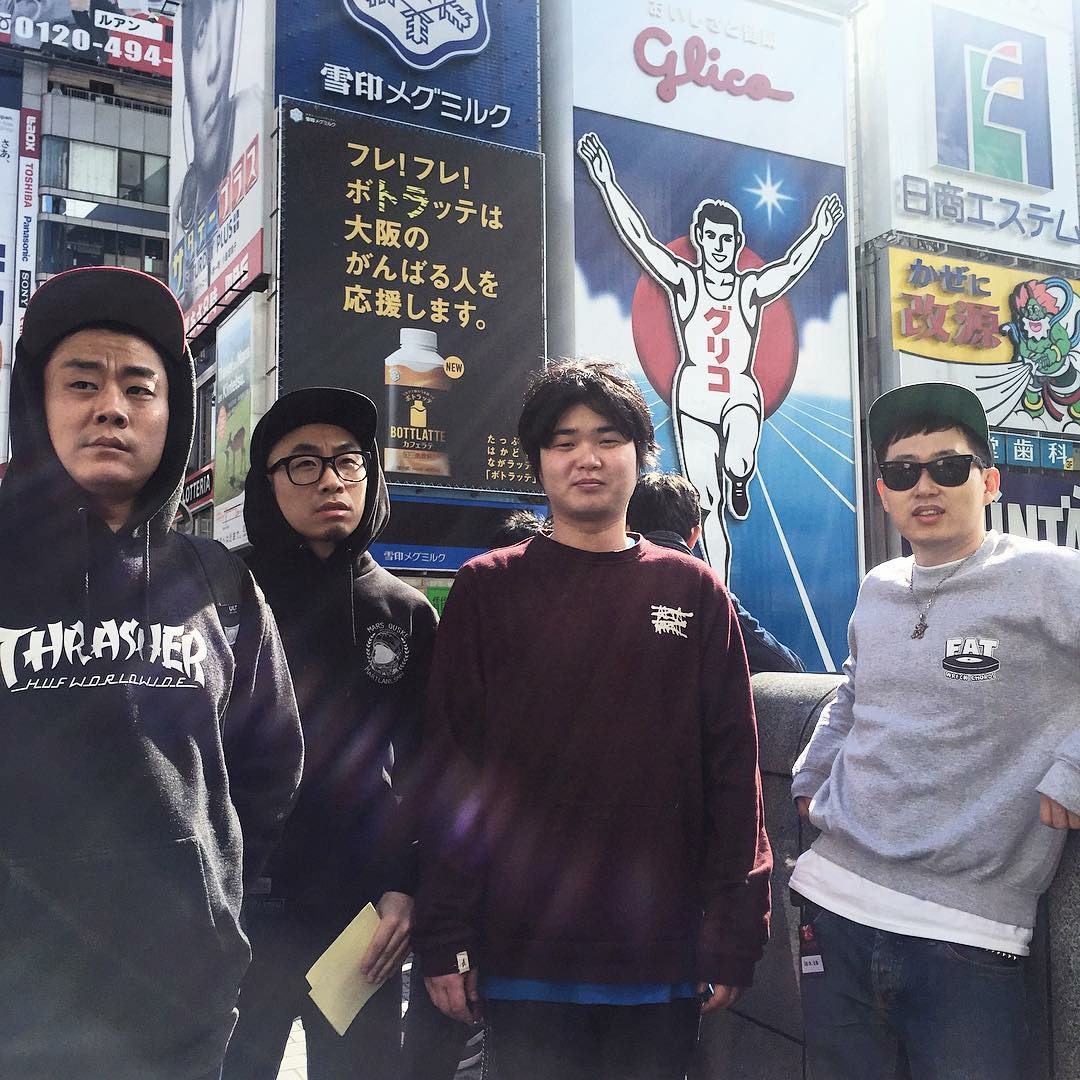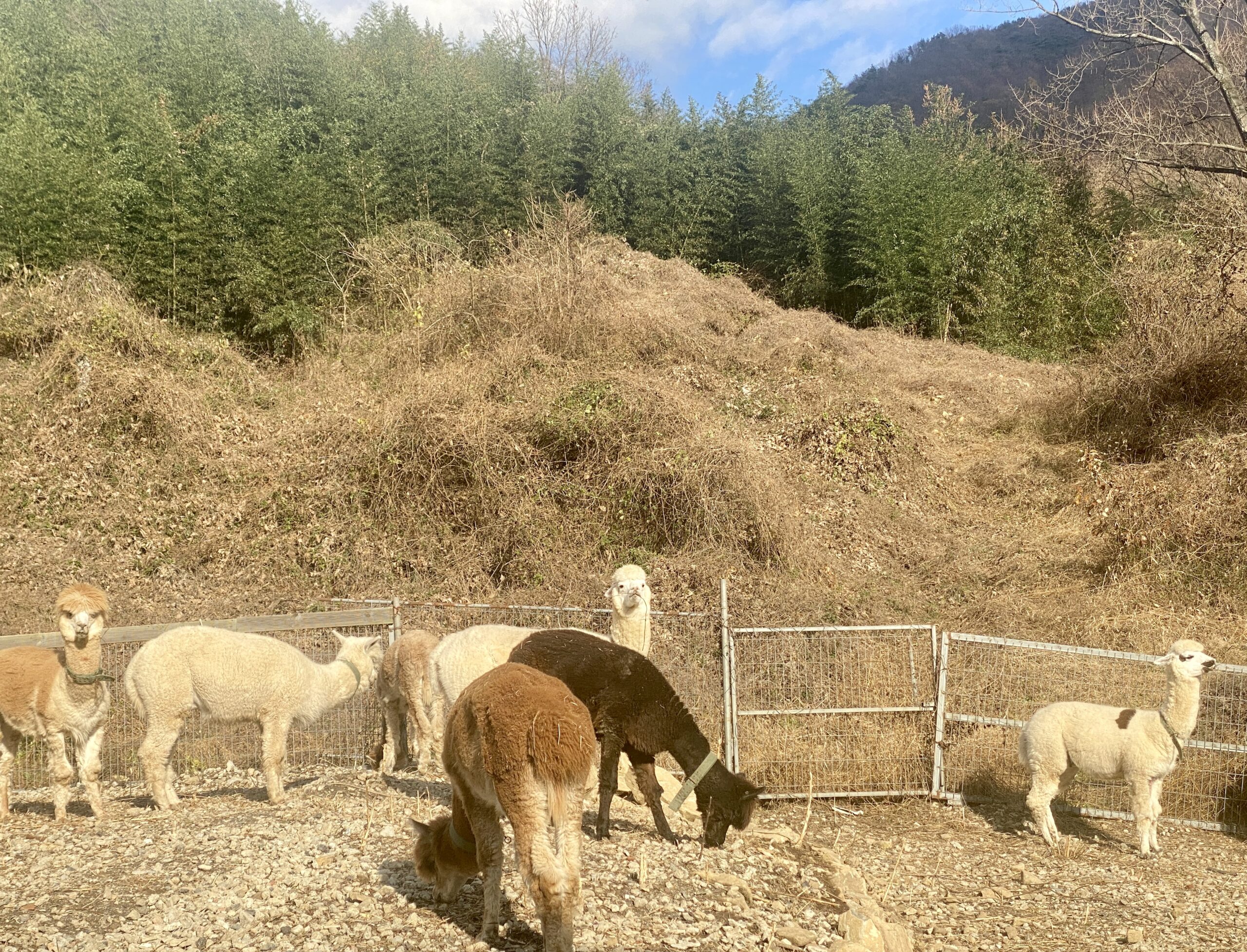Zen Buddhism in United Silla
After Jang Bogo’s assassination, Silla dynasty lost power over time. Political chaos and corruption led to local rebellions and oppositions. The central government became so powerless that local nobilities started to build their own military forces and rule their region without any interference. Local families who gained freedom from interference like this gradually spread their influence over the spiritual realm of ideology and culture. This led to the introduction of Zen Buddhism.
Before the central government started to lose power, United Silla was mostly ruled by Non-Zen Buddhism such as Hwaom Buddhism. Non-Zen Buddhism emphasized interpretations of Buddhist scriptures and doctrine. Non-Zen Buddhism factions were named after the scriptures they mainly followed. For example, Hwaom Buddhism had the book of Hwaom and Yeolban Buddhism had the book of Daeban Yeolban as their basic scriptures. The emphasis on scriptures is conspicuous in their temples’ architecture. For instance, Hwaom temple has the book of Hwaom written on the sides of three floors of its tower. Because Non-Zen Buddhism considered the ability to interpret difficult characters more important than asceticism, it could only become the religion of the central government.
In contrast, Zen Buddhism put emphasis on spiritual fulfillment by performance. Zen Buddhists believed anyone could be a Buddha with absolutely no knowledge of the scriptures if they performed asceticism and perfectly understood the Buddhist nature. While Non-Zen Buddhists claimed that “The king is the Buddha and the country is the Pure Land of Buddhism”, Zen Buddhists said, “I (who found enlightenment) am the Buddha and where I stand is the Pure Land of Buddhism.” Zen Buddhism supported local families. While previous Non-Zen Buddhism gave the central government the right to rule, Zen Buddhism supported local families, providing self-confidence that they themselves can rise to “Buddha equals power.”
Zen Buddhism was most influential in the Jeolla region. Out of the nine most famous Zen temples, Jeolla region had four of them in the late United Silla period. This was because the monks who studied abroad in Southern China usually returned to the Southwestern coast of Korea. The support of local nobles such as Wang Geon also helped Zen Buddhism to spread in the Jeolla region.
Zen Buddhism was more than simple religion. The public saw hope; the local families saw ambition; the central dynasty and nobles saw Zen as a threat to their original system. Ultimately, Zen contributed to the fall of the 1000-year Silla kingdom and the birth of a new dynasty.




